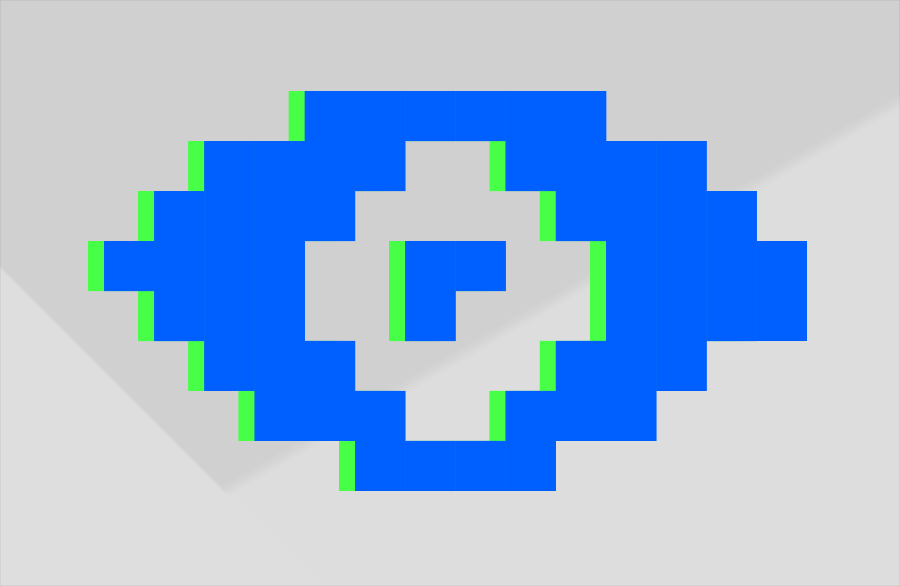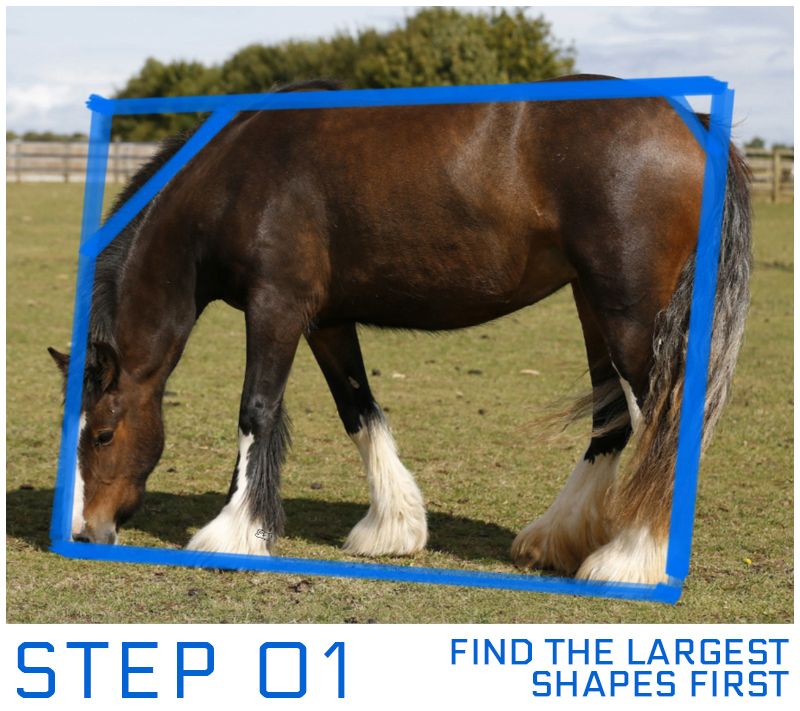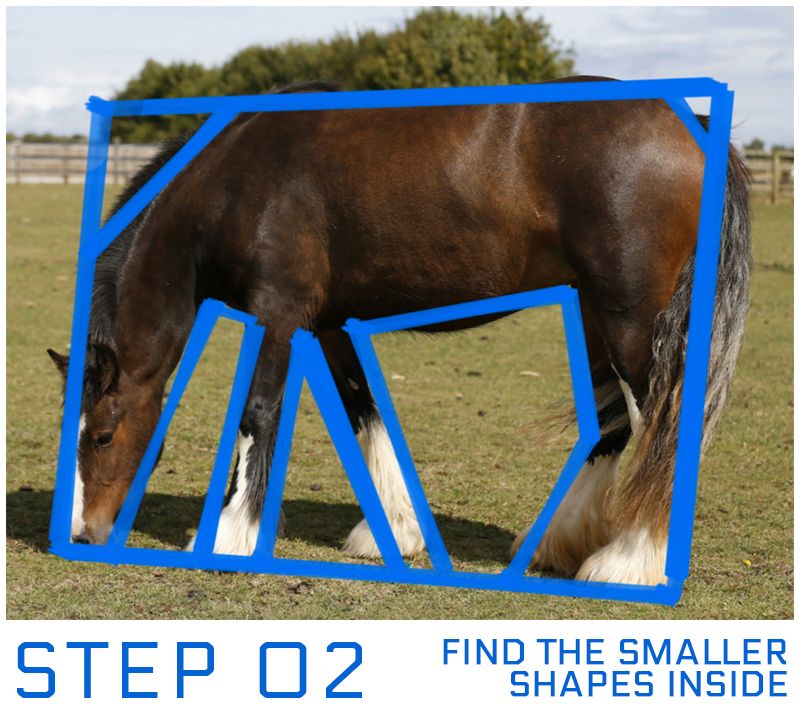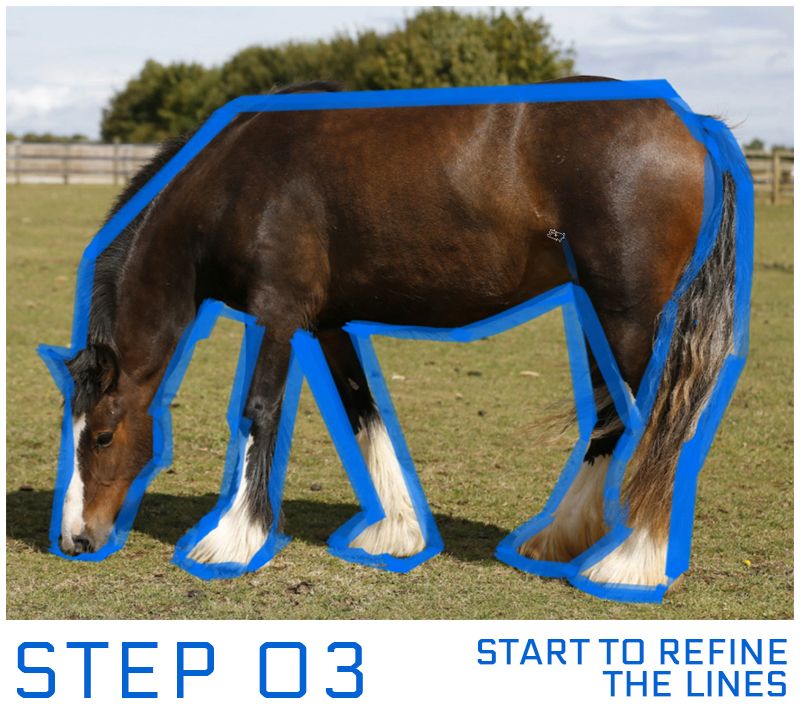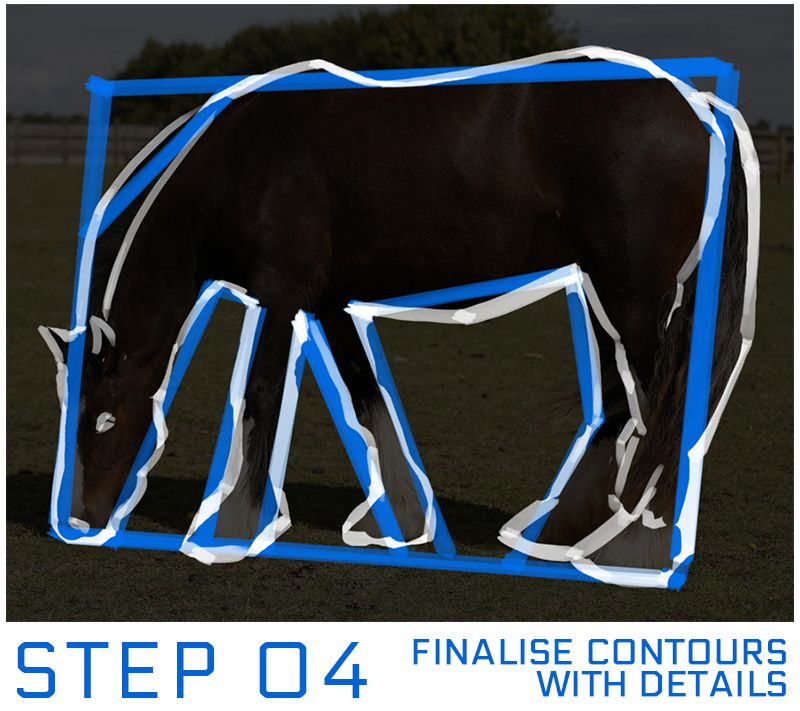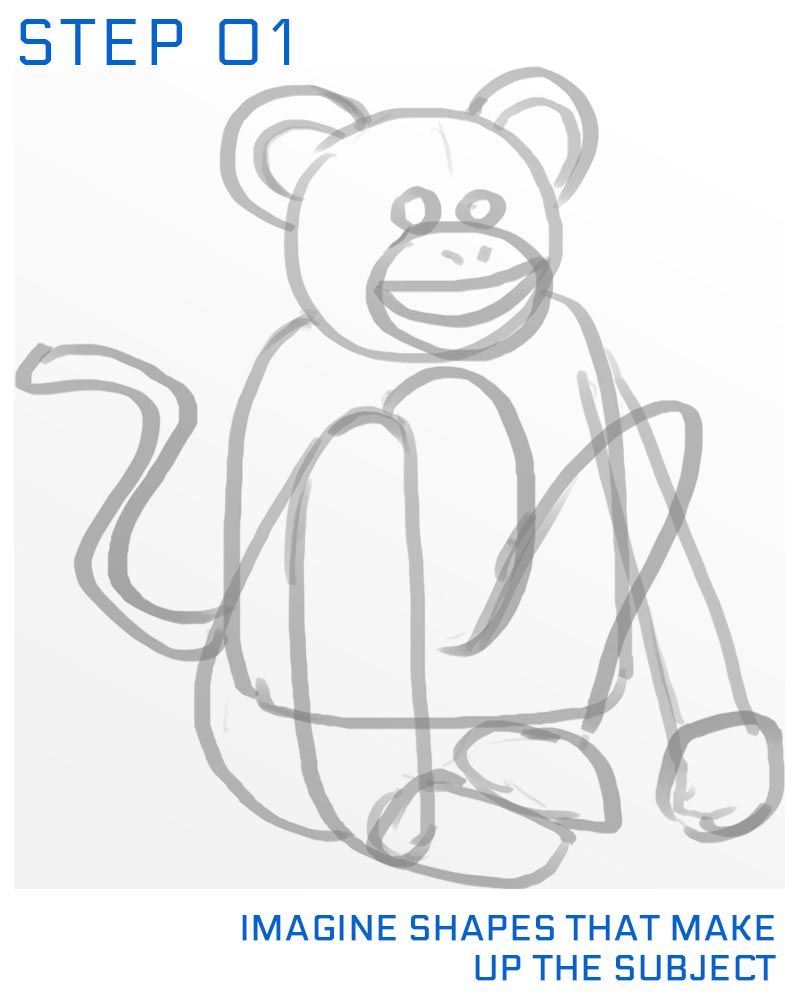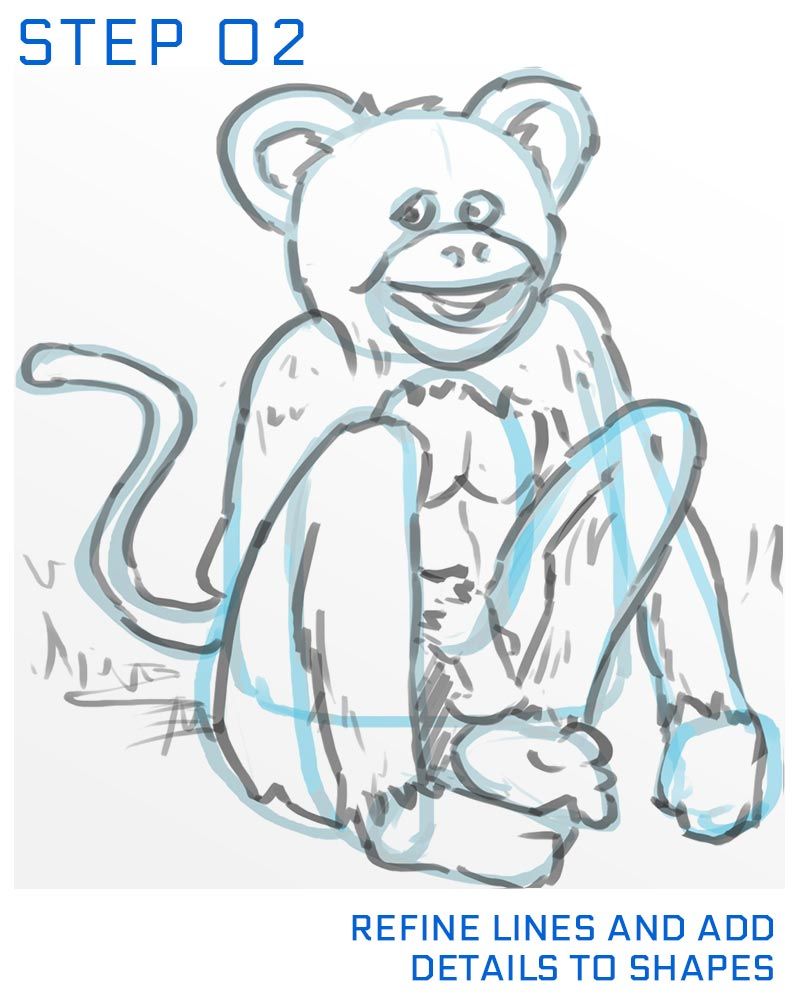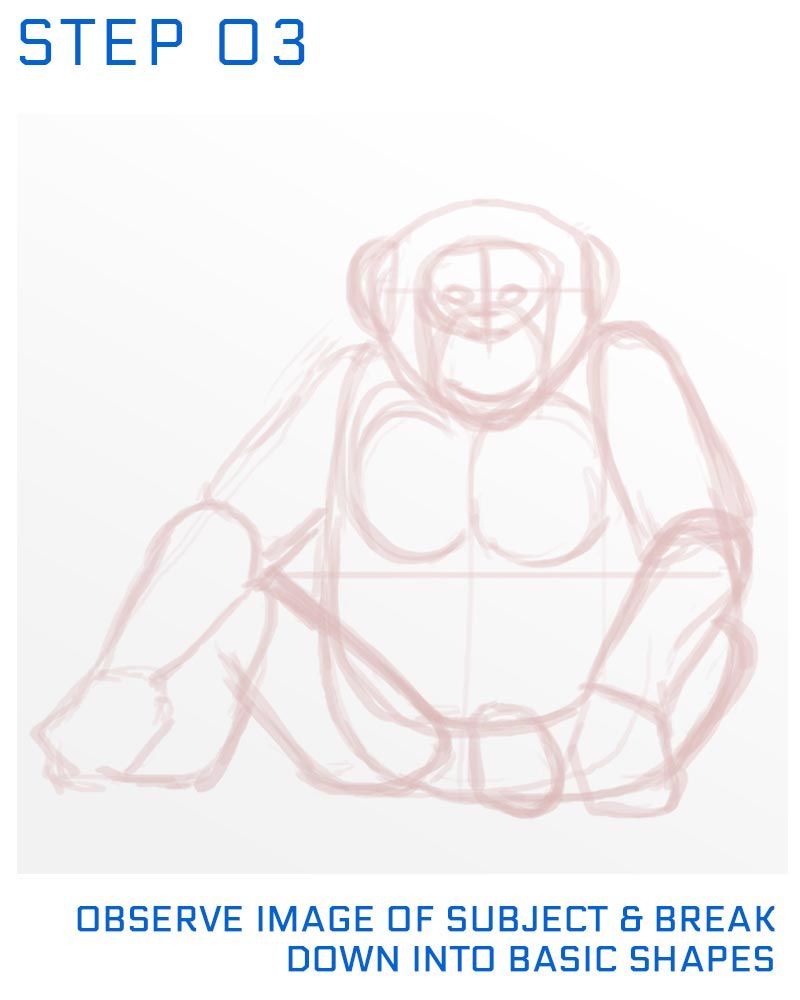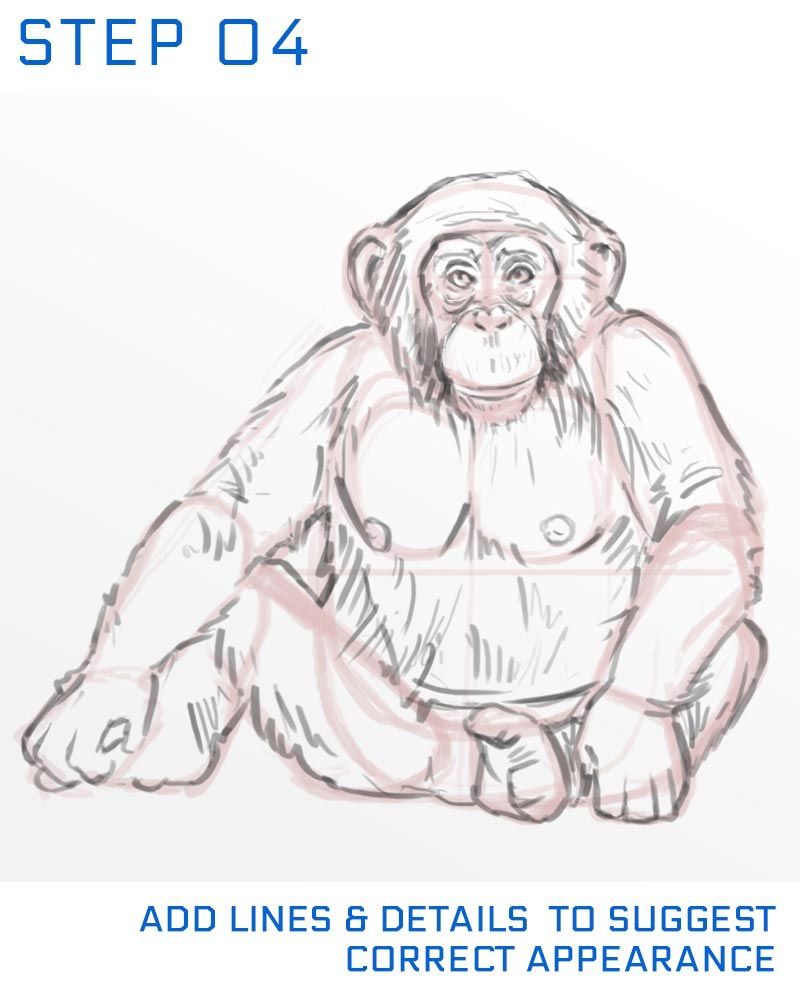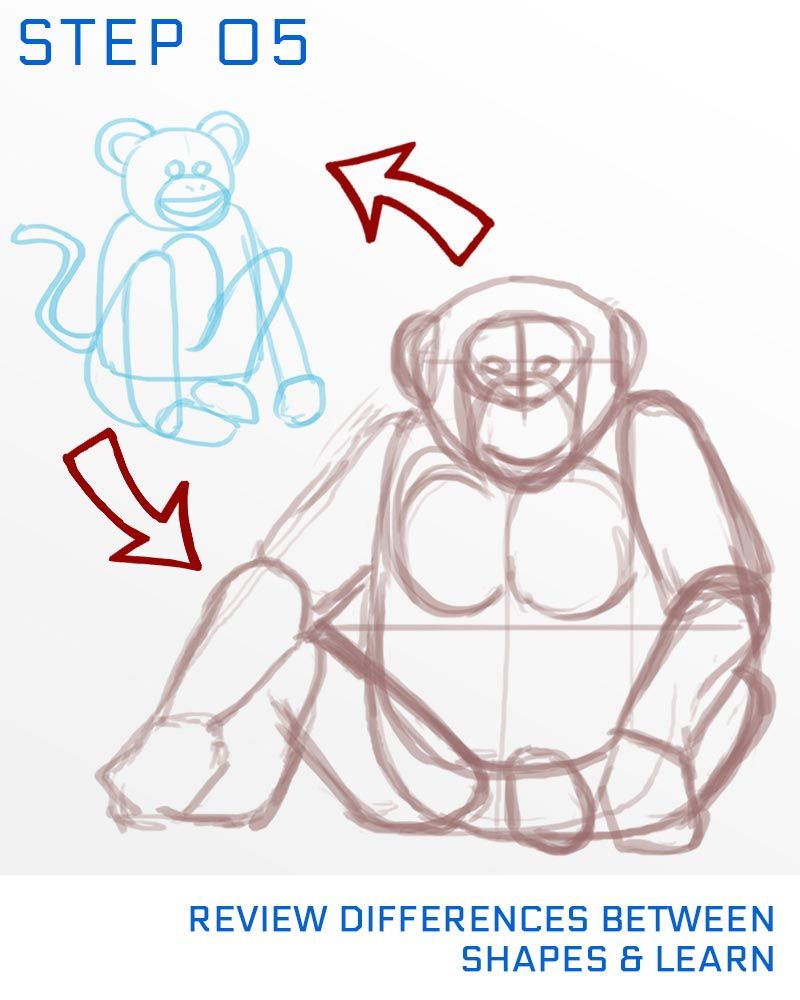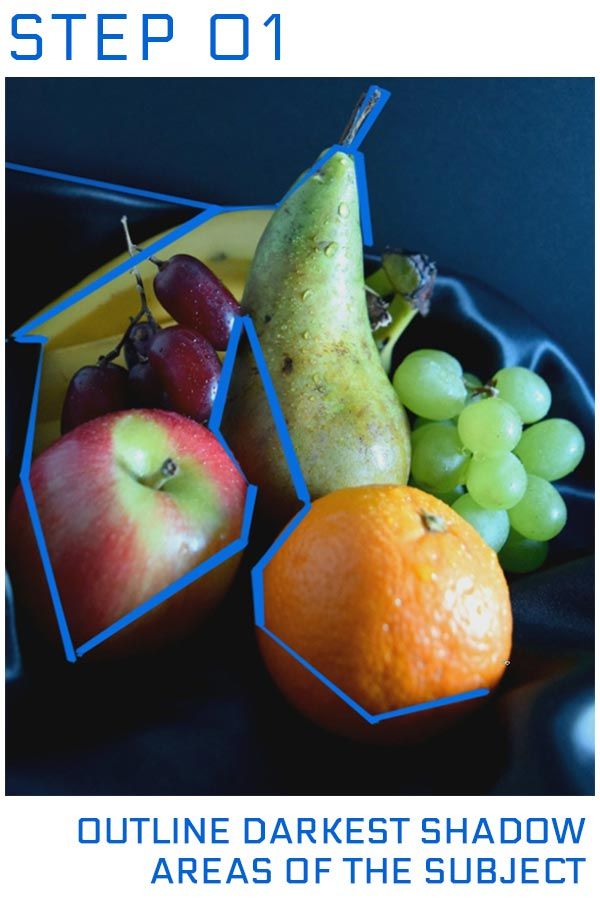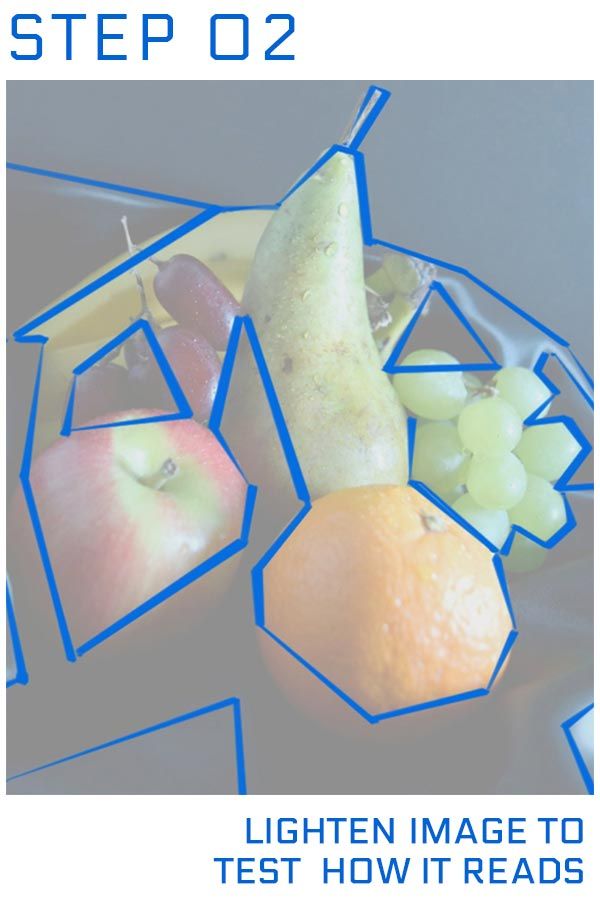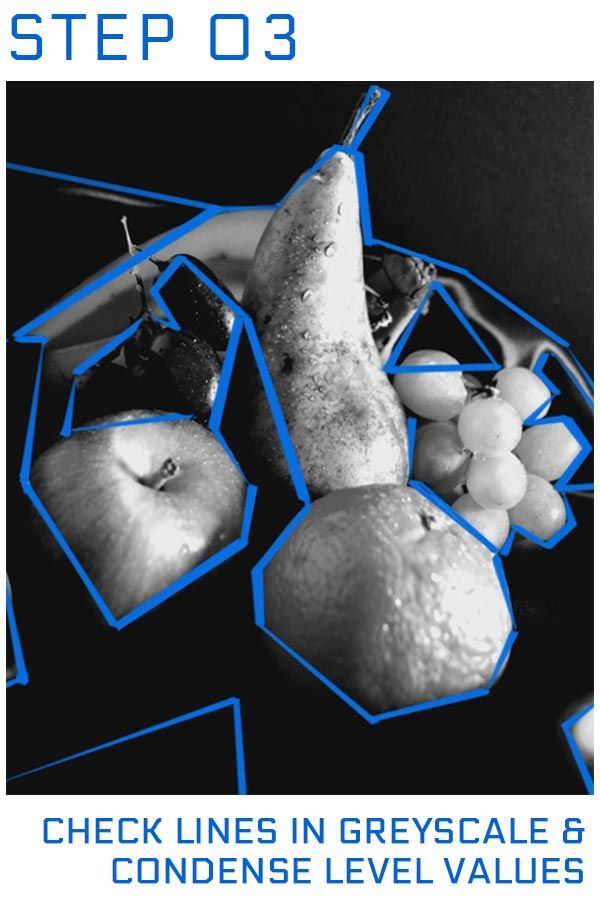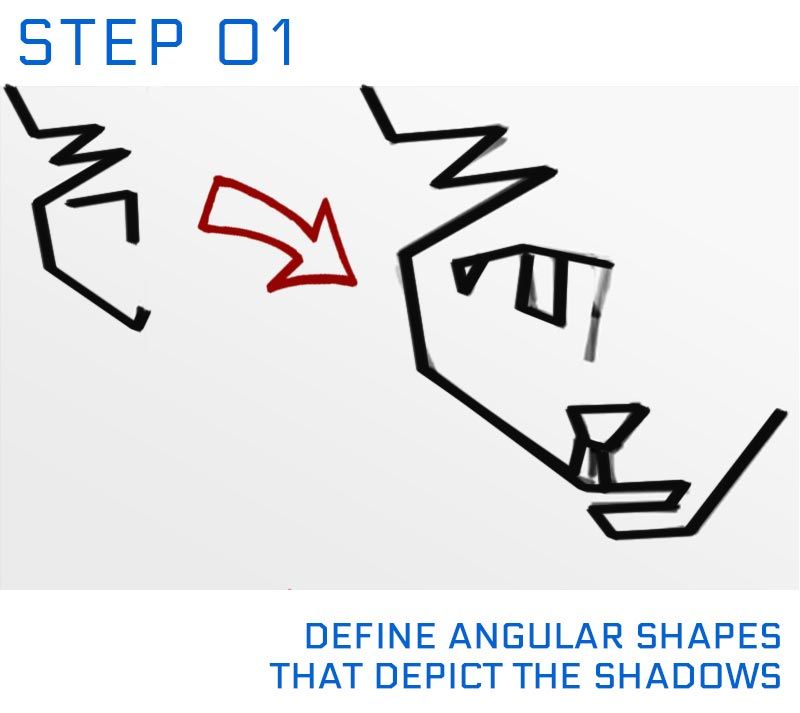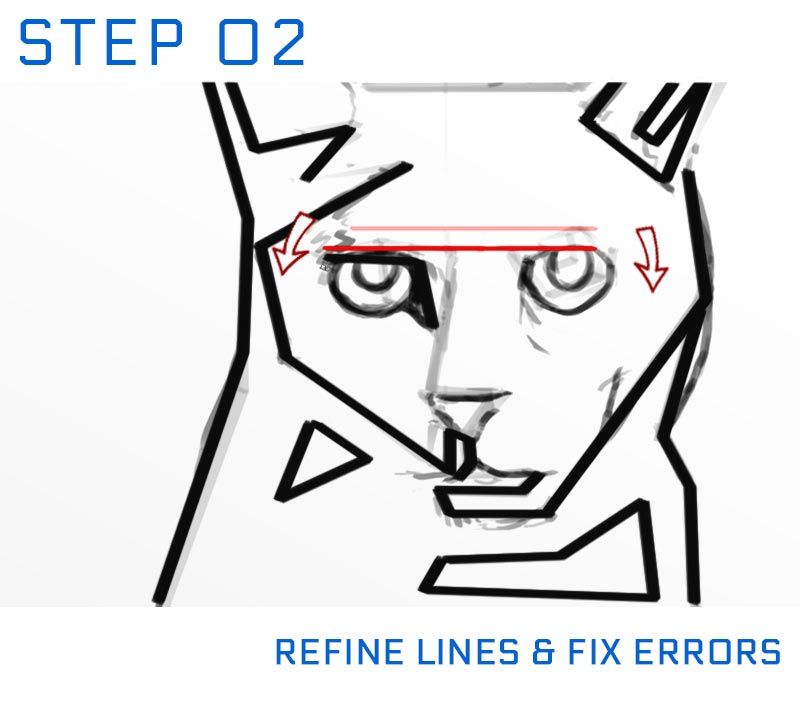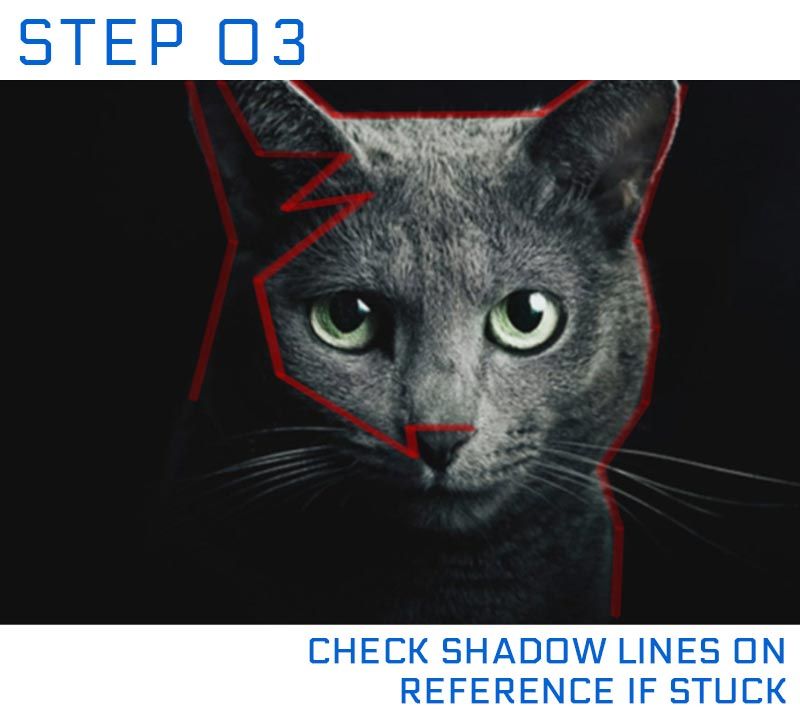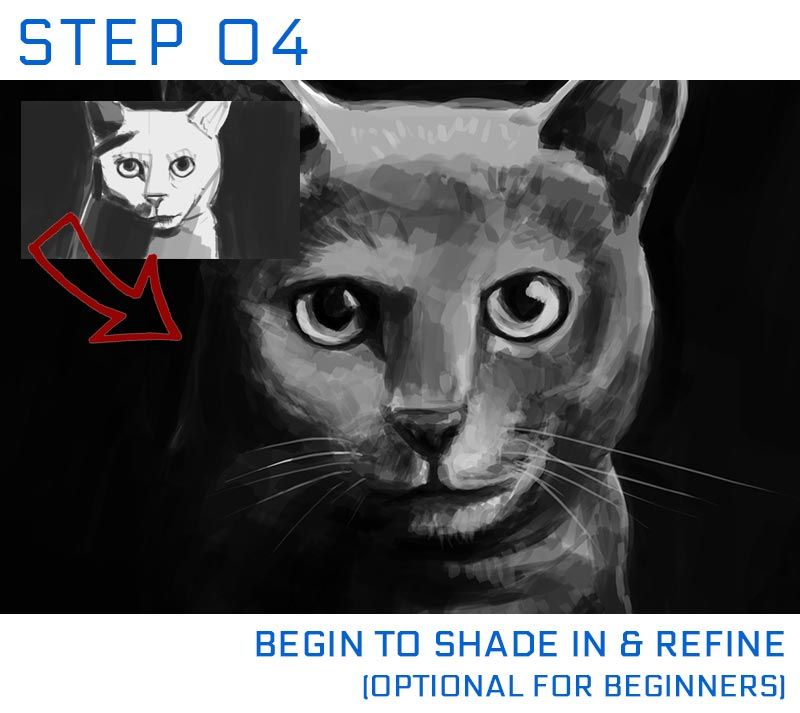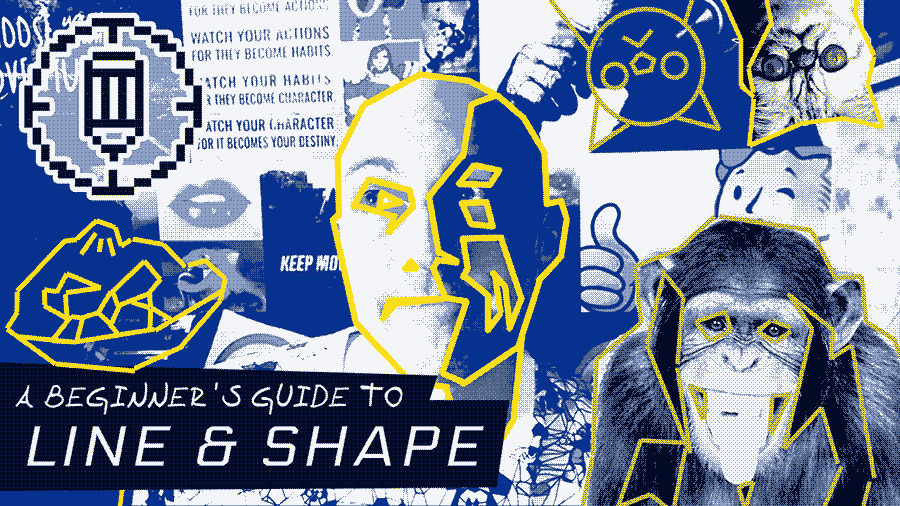Welcome To The Very First Art learning Tutorial In The Drawing Fundamental Crash Course.
In this drawing tutorial series we'll be go over essential drawing fundamental topics to get you well on your way to becoming highly competent at drawing, which will serve as a strong foundation to develop your artistic talents from.
Digital artists will need a graphics tablet and some software like Photoshop, and traditional artists will need a range of materials such as Pencil, Sketchbook, Rubber, Ruler, Tracing Paper and Access to a Printer. So let’s get started!
We’re going to start out by exploring shapes and angles. There are shapes in everything we look at so by training ourselves to see them through by observation, we’ll have a better understanding of how to build up an image and where to place our lines correctly.
Warming Up
It’s is a good idea to warm up before we start. It essentially calibrates our hand to eye coordination, makes us more efficient and comfortable before starting our real drawing.
Hints and Tips when drawing
- Stay loose with your arm and shoulder.
- Don’t press too hard
- You can experiment with different speeds
- Practice long lines and short lines
- Equal sized lines
- Ghosting is a nice way to find the shape or line you want first before committing
- Make sure you’ve done a range of motions to get you warmed up
How to approach drawing
This tutorial focuses mostly on lines, and shapes... So we’re going flat out!
Think of lines as 1 dimensional (1D) they’re like a single node whereas shapes are 2 Dimensional. They’re formed through a series of lines grouped together.
So how to approach drawing something? Where do we start? Well, one of the most important things when it comes to drawing is to observe and plan ahead.
Whether we’re drawing from life or imagination, every drawing is basically a problem that needs a solution, and there’s a few key approaches we can take get there.

Shape Seeker Method
In this drawing method we seek out the shapes and group the the parts of a the subject together making it easier to break the subject down.
The idea is to observe and plan out out the core fundamental building blocks of a subject before drawing it. We look for the relationships between the shapes, considering the height of the shape, where it begins, where it ends, where they overlap each other and so on. One you have these building blocks clear in your mind (and on the canvas), we can match the placement of lines by considering where certain part of the subject will appear in relation to the grouped shapes.
Some tips when seeking out shapes:
- Take the subject and pick out all the shapes you see
- Look for the most basic, simple shapes for construction
- Squares, rectangles, circles at an so on
- Start with the largest shapes first
- Reverse engineer subjects you see e.g Vase, Chair, Clown, Horse
- Choose images that you find interesting, but simple enough to break down
- It can be sliced and diced, but try and reduce it to as few shapes as possible
- Draw them all separately so they are separate in your mind.
- But also consider if they're grouped
You can practice Seeking shapes by using the Drawing task Generator.
Below are some examples of the step by step process used when conducting some of the drawing tasks. By observing the subject we begin to see that everything has a series of shapes that it can be broken down into. Even negative space has a shape.
We can also see shapes that describe the subject in others ways, such as the Block In.
Start by Tracing Images
To get the gist of this method, it's a good idea to start out by tracing the shapes you see!
Draw & Copy
Once you've got to grips with seeking out shapes, you can learn to draw the shapes you see from the ground up, one you've established all of the core shapes, you can then begin to place your lines.
If you have accurately depicted the shapes with accuracy, you should be able to place your final drawing lines over the top and reproduce what you see with a great likeness.
Block In Method
In this drawing method there's a special focus on observing the lights and shadows to determine the overall form of a subject - they give it volume.
So instead of using a typical building block shape seeker drawing method, we want to seek out the edges of the shadows in order to establish shapes that determine the form of the drawing. In this approach, try to forget the subject is there, and just achnowledge where the shadows fall.
We’re looking to establish a very rough block in as efficiently as possible, looking for the most simple angular shapes.
Block Trace:
So this task requires that you simple draw and trace the shadow lines of the image, but break down the shadow areas into the most core fundamental geomtric angular shapes possible.
Some hints and tips:
- Squint to make the lights and darks more apparent.
- Seek out shapes and angles within the form
- The edges of the shadows
- See shapes even in the negative space
- Observe distance relationships between shapes / angles
Try and source images that have a nice contrast with the lights and the darks for this approach.
Block Copy:
This task utilises the same approach as the block trace, but instead of tracing directly over the image you have, copy onto your own canvas.
For now we don’t need to colour or shade it in, this exercise in mostly about observing and seeking out the correct relationships between shapes. Get as comfortable as possible with your drawing tool!
Learning to Draw Conclusion
This method of learning to draw helps you to conditions you by getting you to draw in a simple, effective and efficient way of thinking.
They can be utilised throughout your future drawing practices, as they'll improve your ability to seek out core shapes of a subject (building blocks), and etch them into your memory so you can draw from imagination more efficiently, and accurately.
It enables to you take the information and break it down into digestible chunks. This will help build your visual memory over time, especially if you have an interest in specific topics such as animal anatomy.
By observing the shapes, we can build up the base structure so that when we place the lines, they appear as the viewer expects them to be; They suggest the correct overall form.
Observation is key to mastering your drawing skills. The best drawings are ones that create a sense of believability that invites the viewer in. They evoke an emotional response, and making sure the subject is believable through accurate drawings that reflect a true likeness of nature or the subject will help to connect with your audience in this way.
Future Tasks
So, for future practice, try more complex objects that contain more intricate lines and shapes. The human body is one of them, which we’ll get to a few videos in!
Look out for the Level 2 versions of the Shape Seeker and Block in generator, they’ll prompt more complex subjects and exercises to push the learning principles outlined in this tutorial.
| DRAWING TASKS |
![]() Video Tutorials
Video Tutorials ![]() Task Generators
Task Generators
 Information Information |
GET CRASH COURSE |






